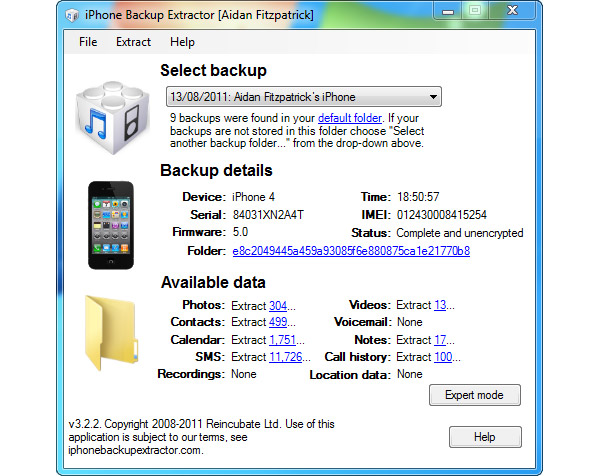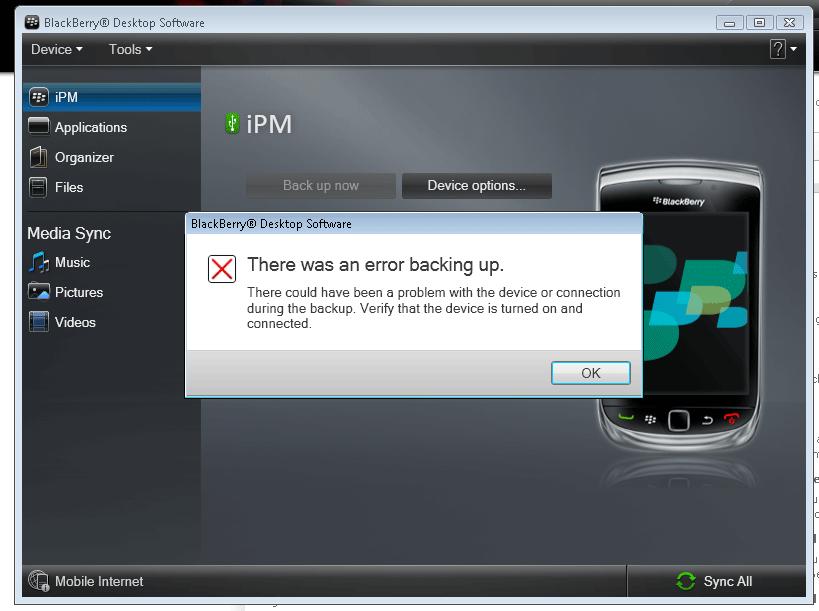

Though both being manuals easy to start on an incline. Dont leave the lights on when engine not running (only 15mins :/ ) and dont have the radio on for more than a couple of hours or so on high volume, otherwise not enough to start engine. So I use a small solar panel & regulator to keep them topped up to a total of around 14.7v (could be a bit higher) – which is close enough to the alternator charge voltage, so when the engine starts there isnt much alternator power to recharge the capacitors ie avoiding incoming charge surge etcĢ. Charge retention over more than about a week to 10 days if not driven. Posted in Parts Tagged supercapacitor, test equipment Post navigationĪs a practical personal example of just how good these are I’ve been using 6 off BCAP3000E Maxwell super-capacitors (Yes 3000 Farads each) in series equals 500 Farads, since 2016 ie for 8 years or to start a 2.2L 4 cylinder 1997 Apollo and another 6 in a 2.4L 4 cylinder 1997 Mitsubishi Van just fine, negligible degradation :-)ġ.

If you really like making as much as you can, you can make your own supercapacitors. We usually look to for ESP32 advice, but he knows about supercaps, too. If you haven’t had a chance to play with them, check out the video or at least watch it to enjoy the homebrew gear. Supercapacitors are one of those things that you don’t need until you do. To be fair, he also has some store-bought test gear, too, and the results seem to match well. The real star of the video, though, is the cast of homemade test equipment, including the oscilloscope, a power supply, and a battery analyzer. Their high capacity makes them ideal for low-current backup applications where you might not want a rechargeable battery because of weight, heat, or problems with long-term capacity loss.

Supercapacitors usually have low voltage tolerance. With reasonable resistance, it can take a long time to charge 500F, so it is easier to see the behavior, especially with the homemade scope, which probably won’t pick up very fast signals.įor example, A 350 mA charging current takes about an hour to bring the capacitor up to 2.6 V, just under its maximum rating of 2.7 V. That’s not a typo - not microfarads or even millifarads - a full 500 Farads. For example, the first unit in the video is a 500 F capacitor. Supercapacitors use special techniques to achieve very high capacitance values. You can watch what he is up to in his workshop in the video below. Nevertheless, picked up some large-value supercapacitors and used his interesting homemade oscilloscope to examine how they worked. We’ve always been a little sad that supercapacitors aren’t marked with a big red S on a yellow background.


 0 kommentar(er)
0 kommentar(er)
